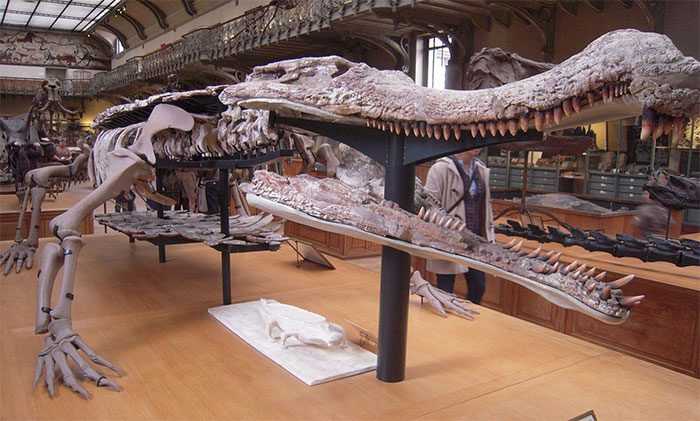An Ancient Crocodile Sanctuary with Monster-Like Species Could Be the Graveyard of Dinosaurs.
In collaboration with National Geographic, paleontologist Paul Sereno from Oregon State University has unveiled a “treasure” he has owned from two decades of excavation and research.
According to Dr. Sereno, the Sahara 100 million years ago was a swampy region. Indeed, several dinosaur fossils have been unearthed here. But that is not all. The Sahara was also home to crocodiles, in various shapes and sizes, including super-sized crocodiles that could run as fast as dinosaurs and were several times larger than most dinosaurs.

Dr. Sereno – (Photo: OREGON STATE UNIVERSITY).
In the upcoming documentary, the paleontologist will detail the Sarcosuchus specimen, also known as SuperCroc, which he discovered in 1996. Several skeletons of the same species were excavated in Niger years later, but SuperCroc remains the largest.
Recent studies estimate the creature’s size based on skull dimensions, indicating it must have been over 12 meters long, with a head length comparable to Dr. Sereno’s height.

SuperCroc – (Photo: OREGON STATE UNIVERSITY)
The paleontologist also revealed the latest discoveries from his treasure trove, which he has revisited numerous times over the years, including a DocCroc (the dog-crocodile, scientifically named Araripesuchus wegeneri), characterized by its long legs and keen nose, resembling a dog.
Meanwhile, a specimen named DuckCroc (the duck-crocodile – Anatosuchus) is only 0.91 meters long but draws attention as a hybrid between a crocodile and a platypus. The RatCroc (the rat-crocodile – Araripesuchus rattoides), measuring 0.6 meters long, abandoned its amphibious lifestyle to live on land and developed rodent-like incisors for burrowing.
PancakeCroc (the pancake crocodile – Laganosuchus) possesses a massive flat jaw, lying with its mouth open underwater for hours waiting for prey, while BoarCroc (Kaprosuchus) resembles a wild boar and could chase you as quickly as one if it were alive.
In his latest research, this American paleontologist has reconstructed that bizarre world of crocodiles with the help of CT technology and forensic artists.
The results will be presented in detail in the National Geographic documentary titled When Crocs Ate Dinosaurs.


















































